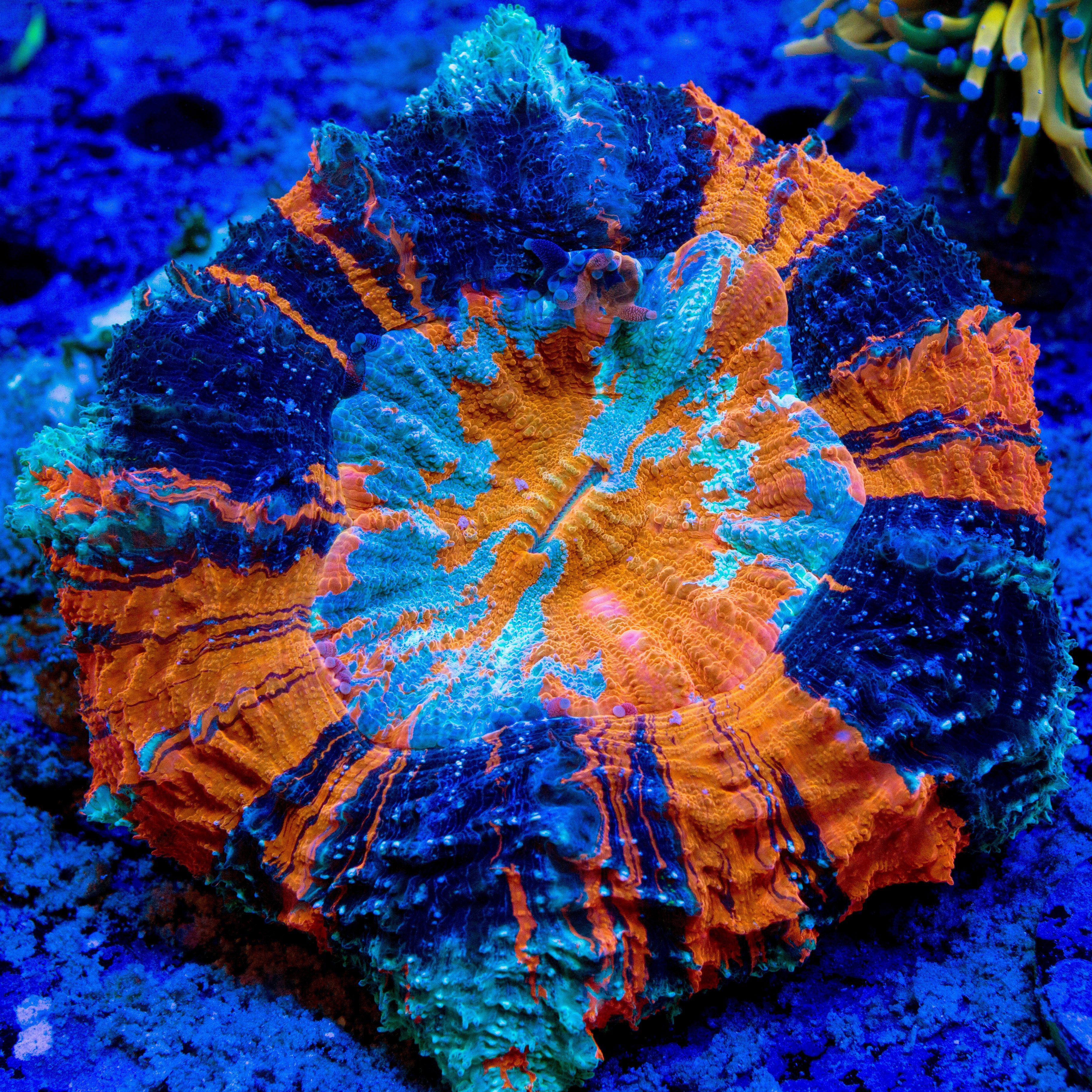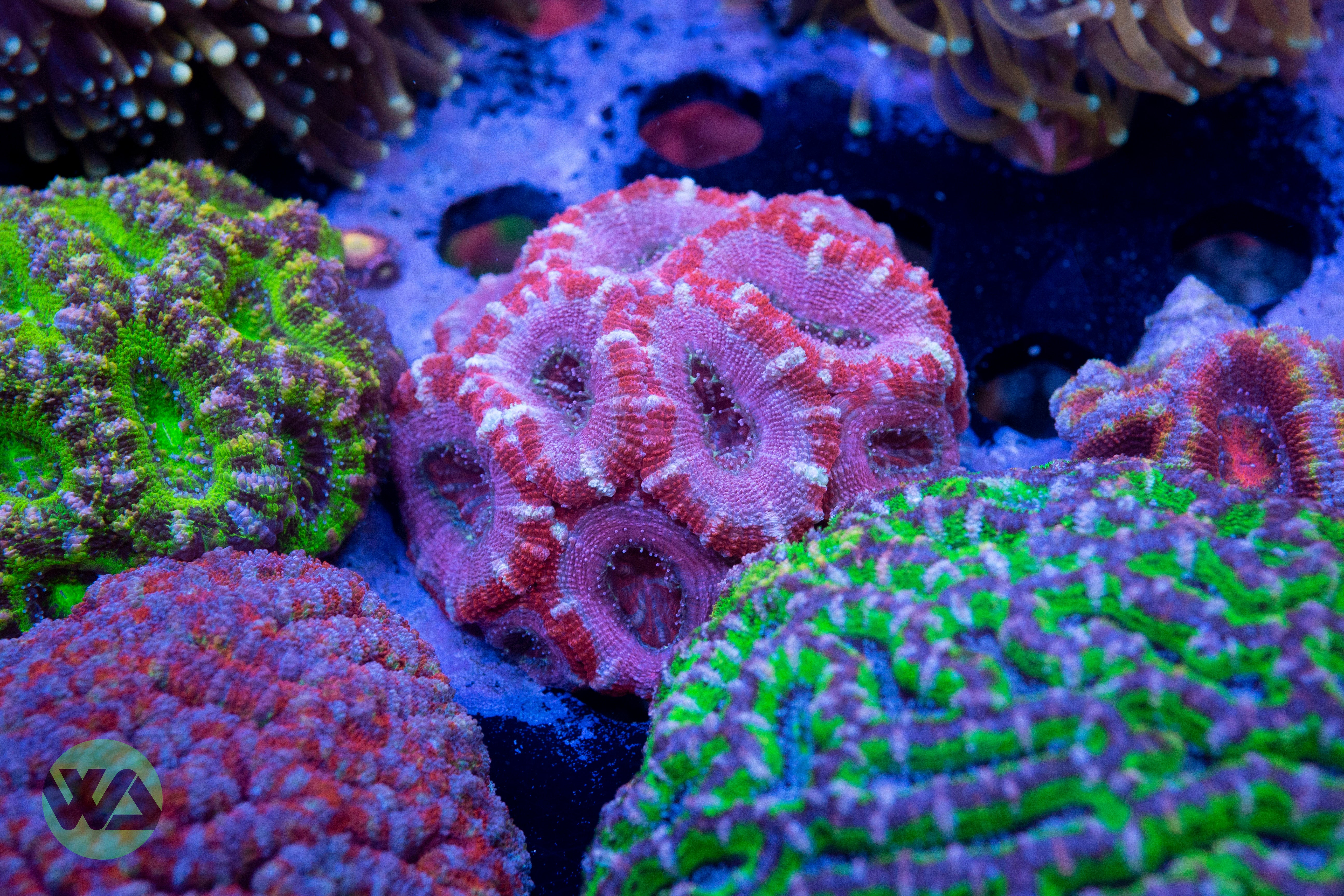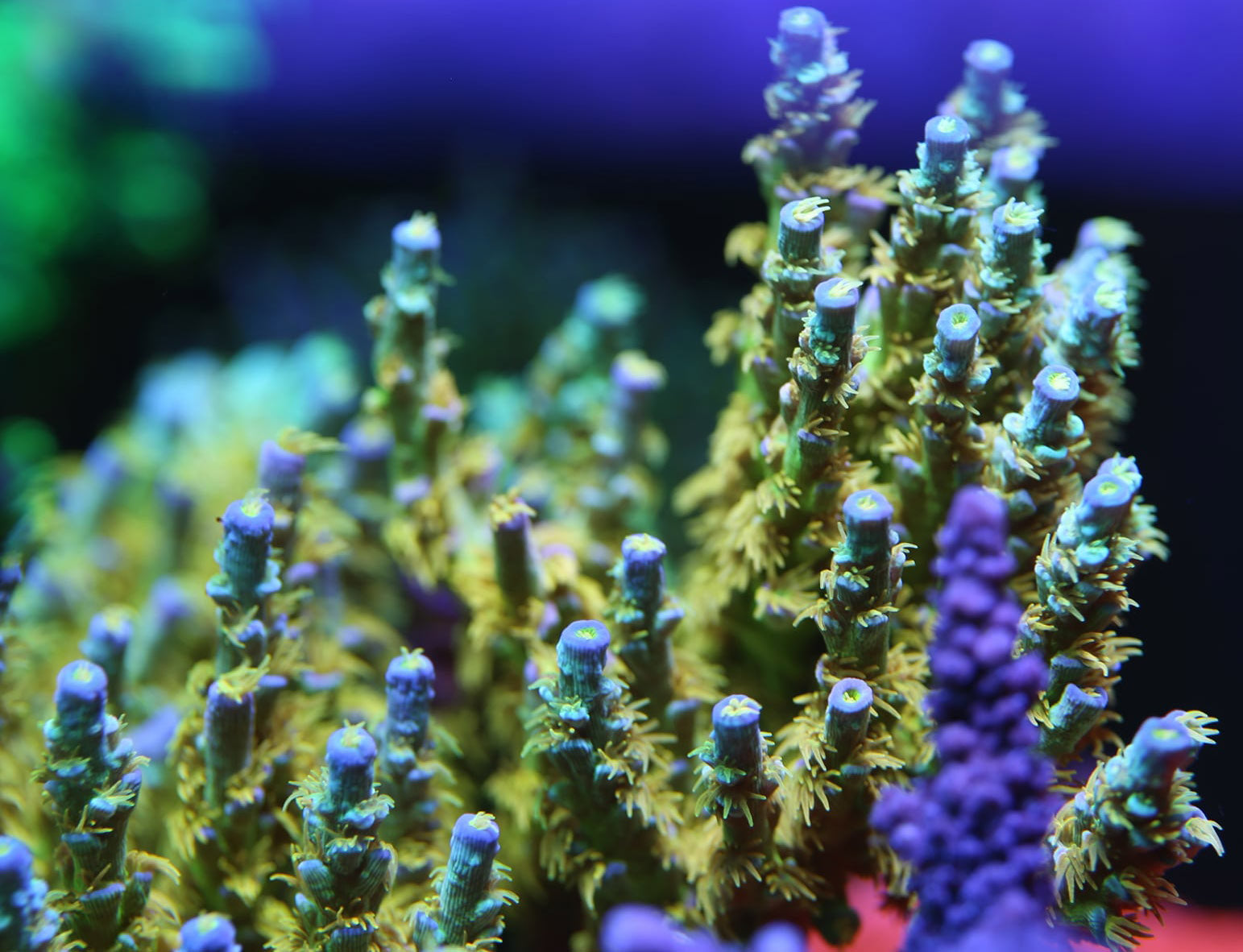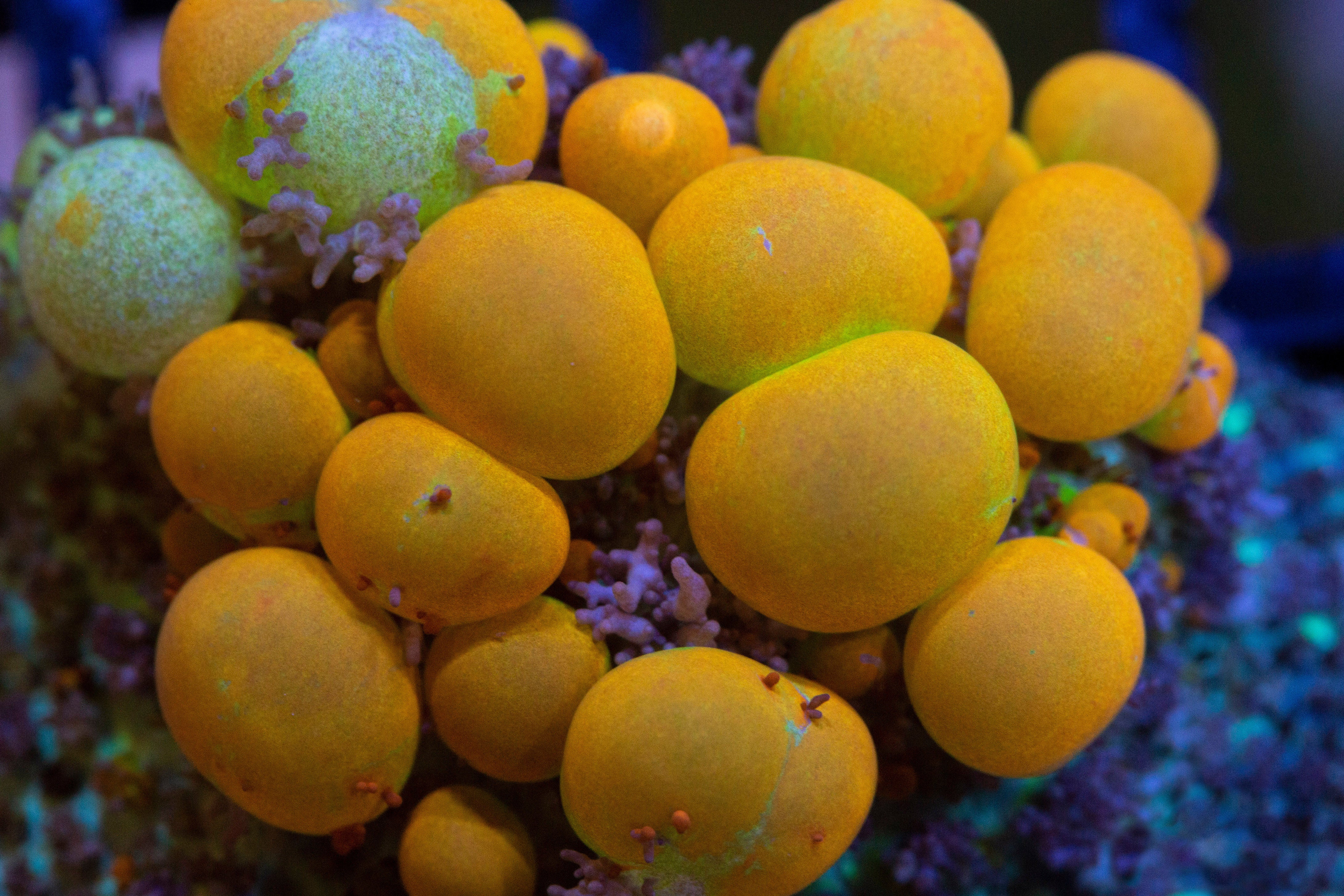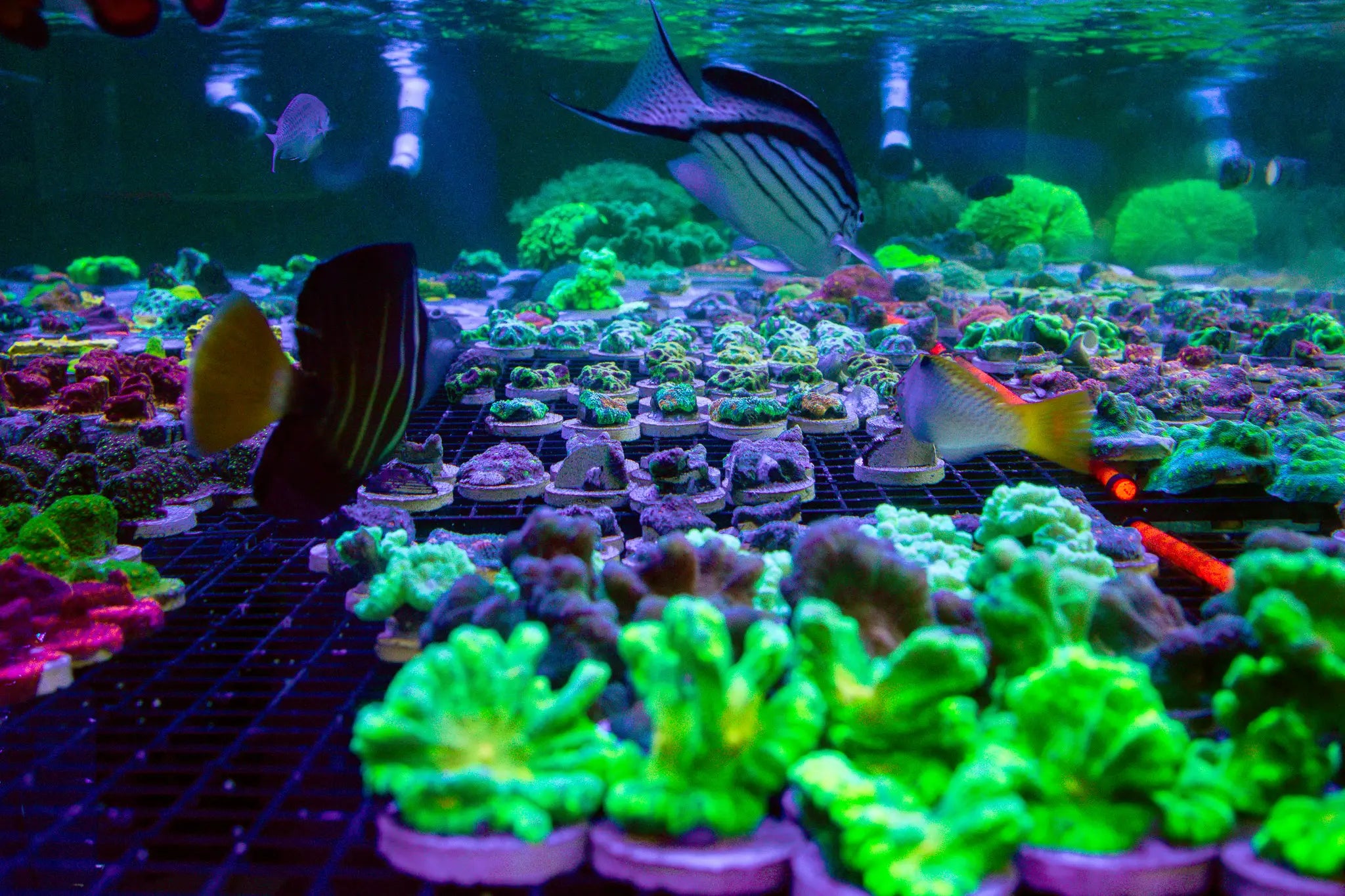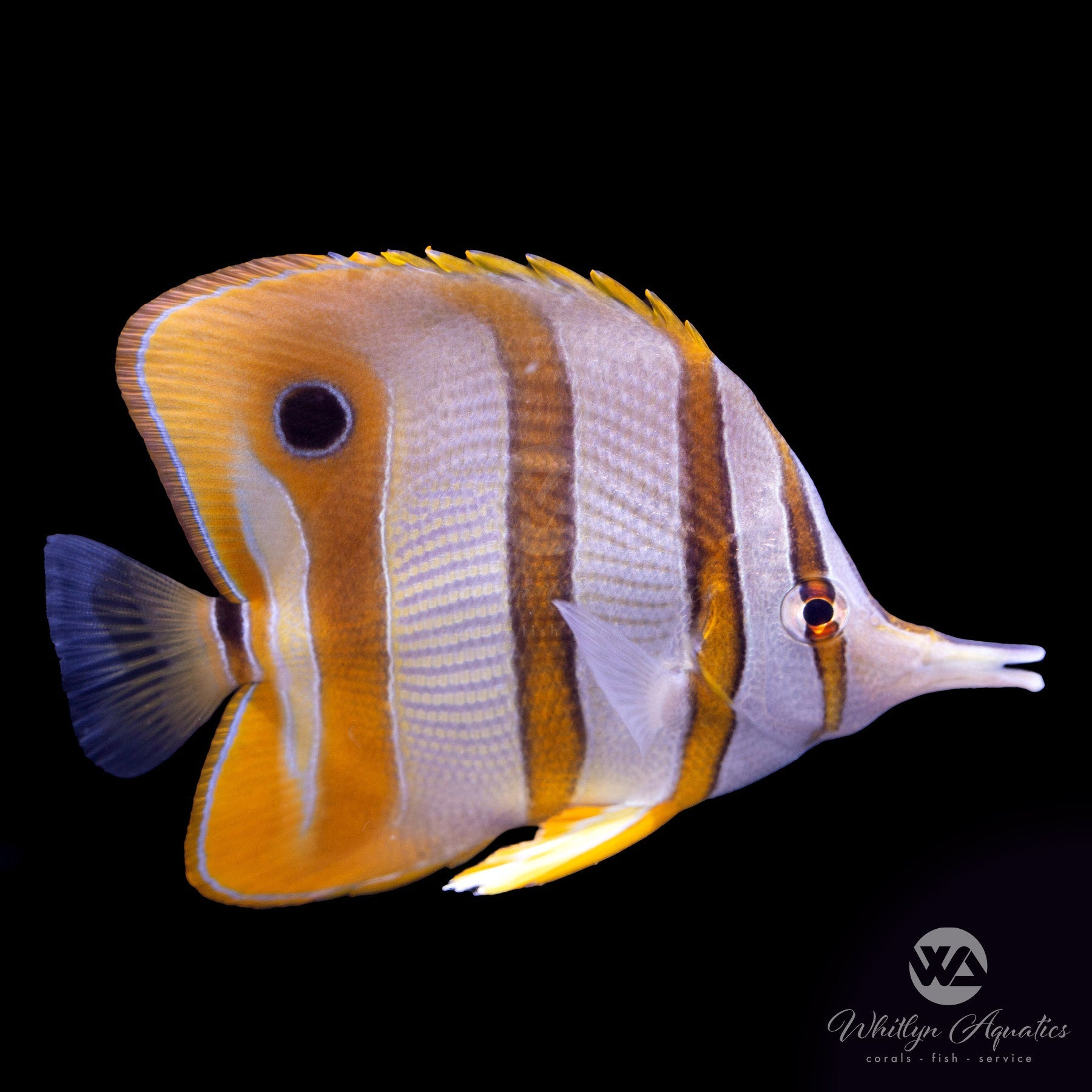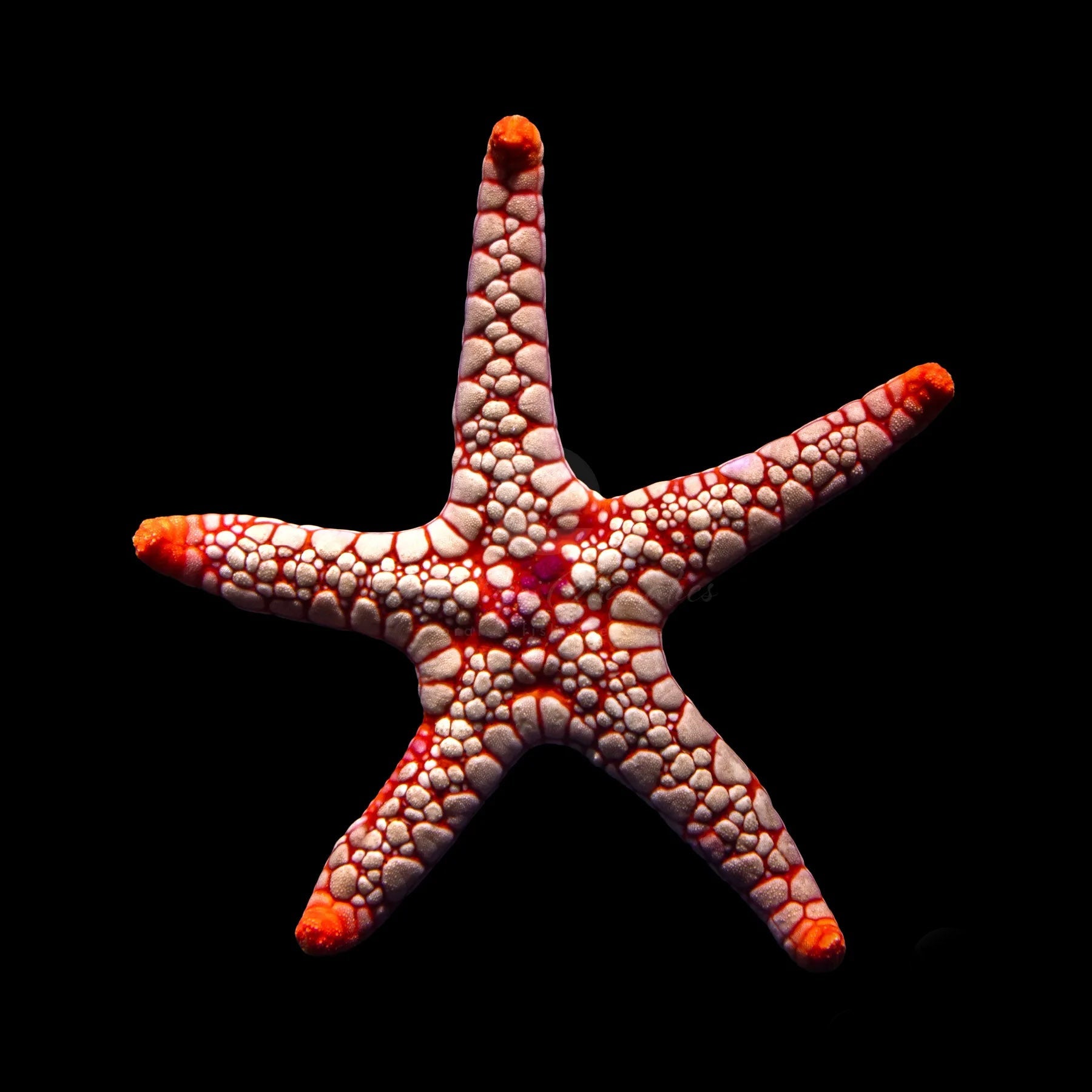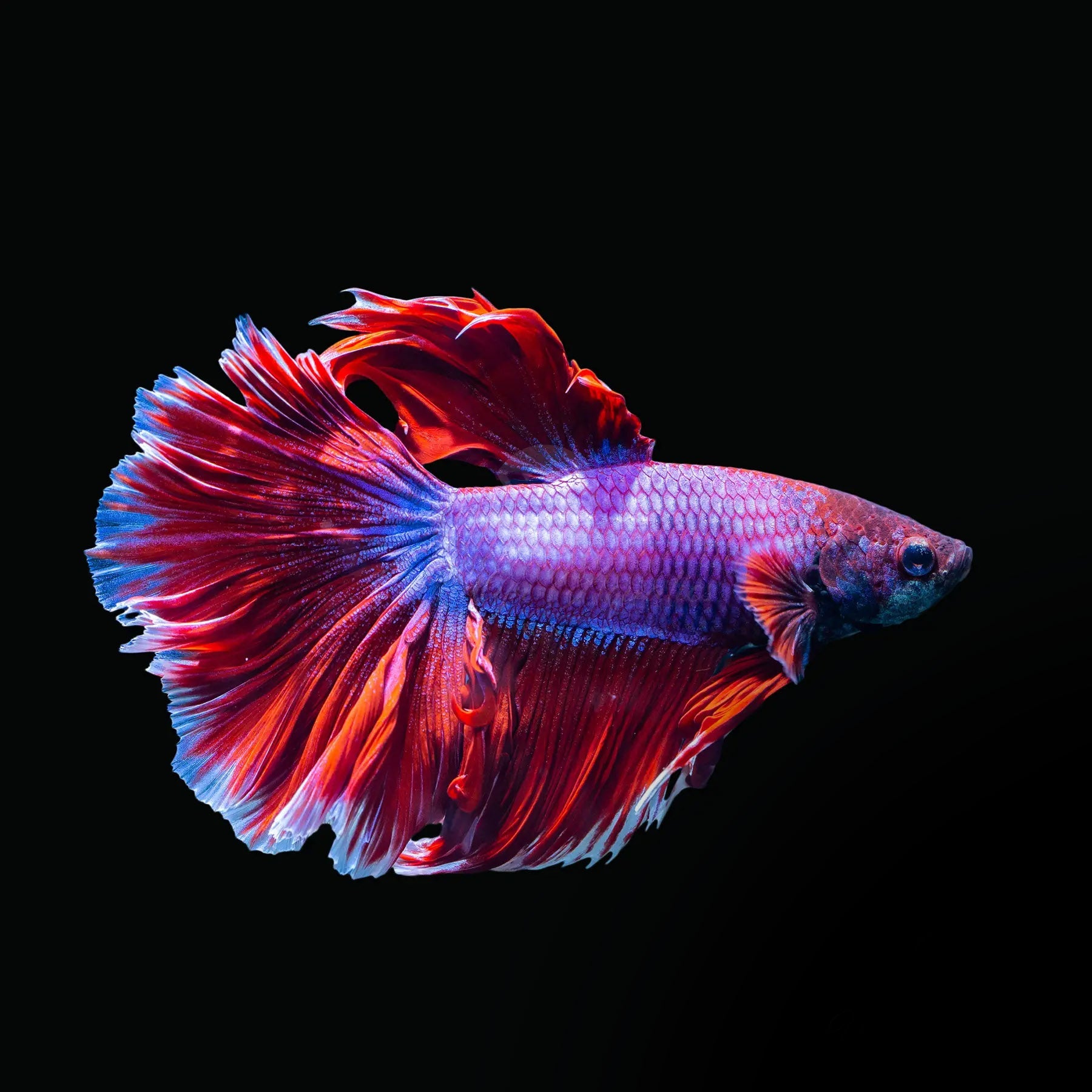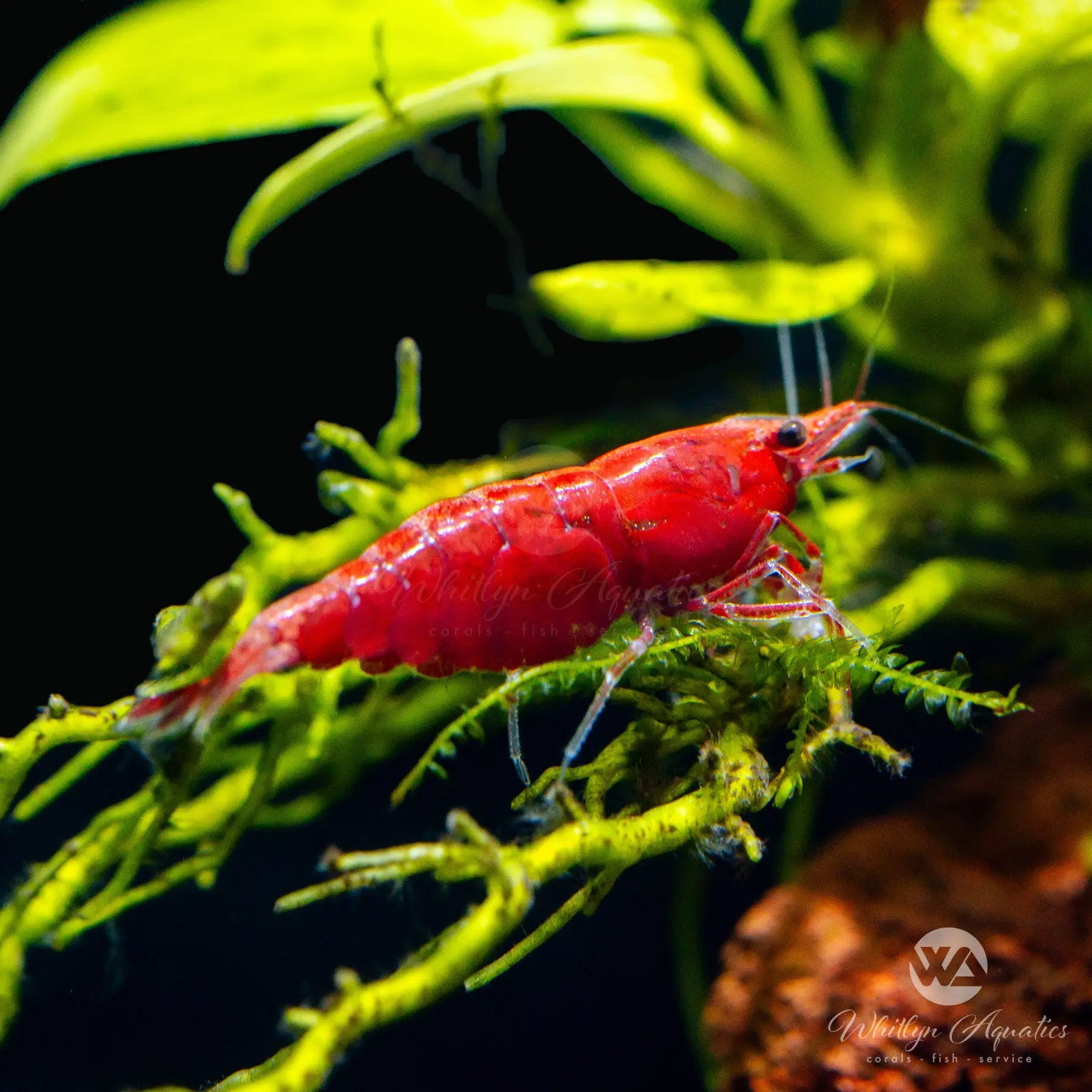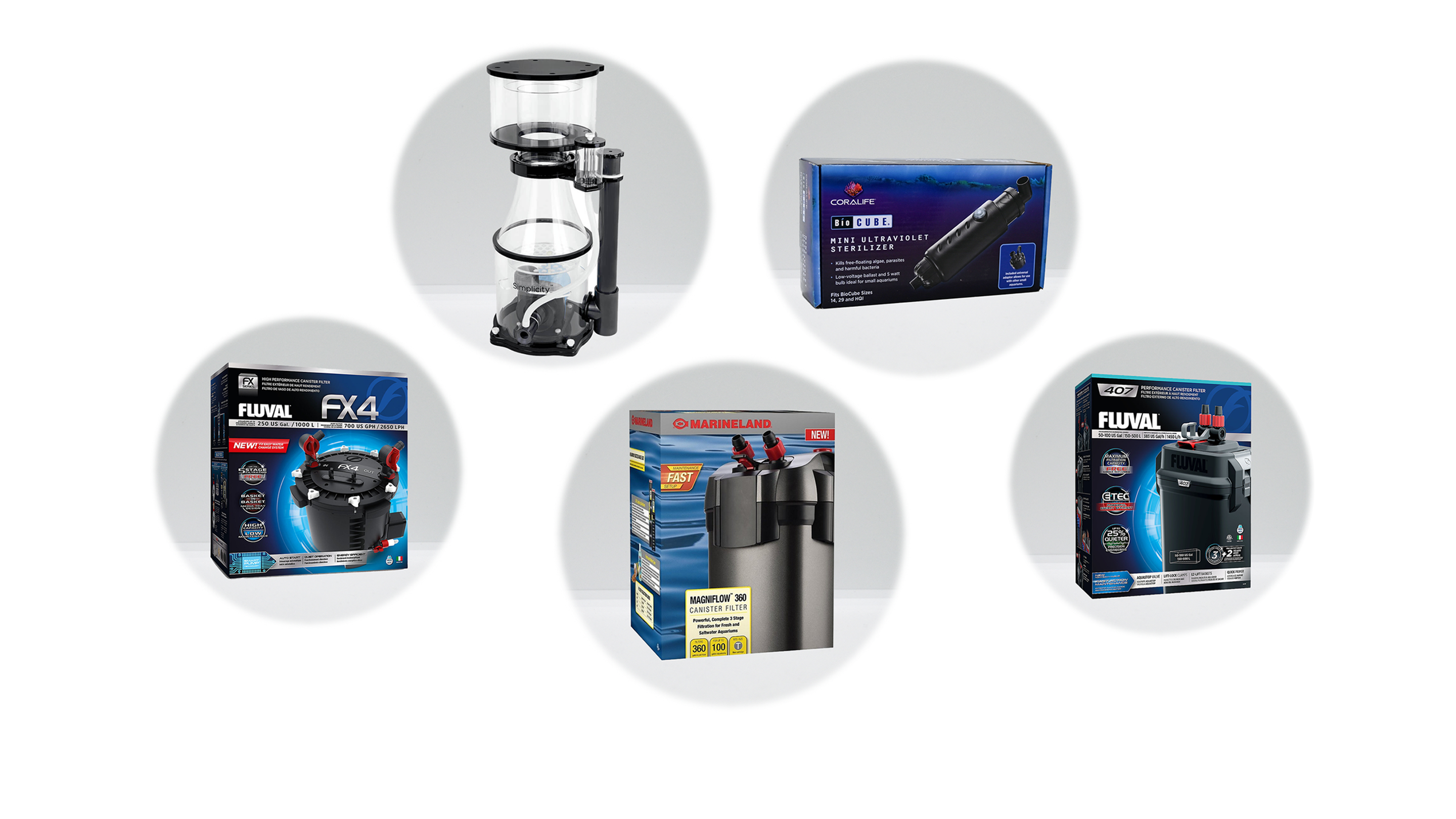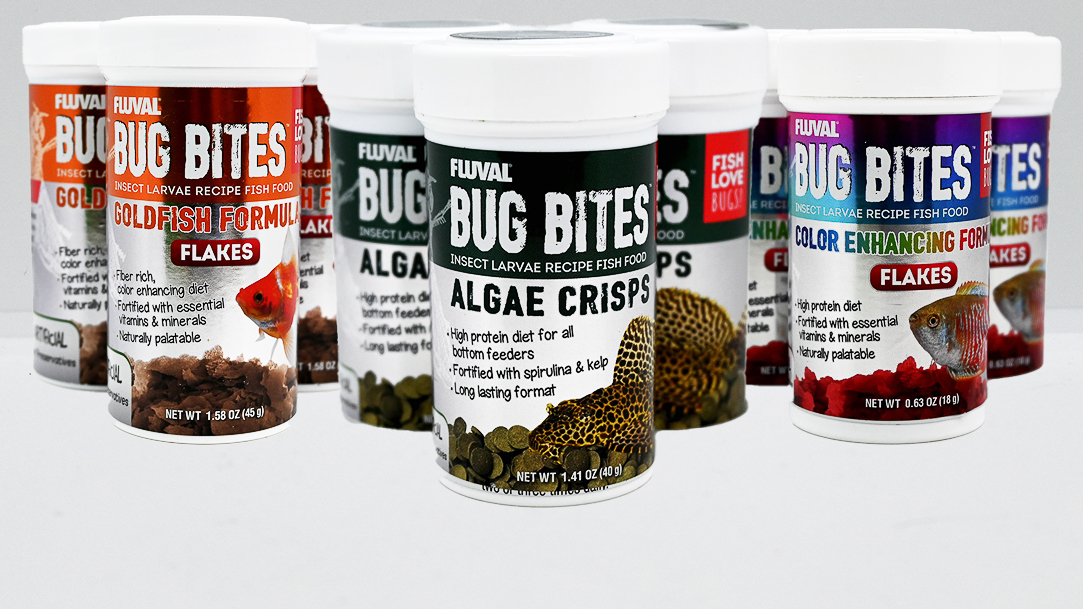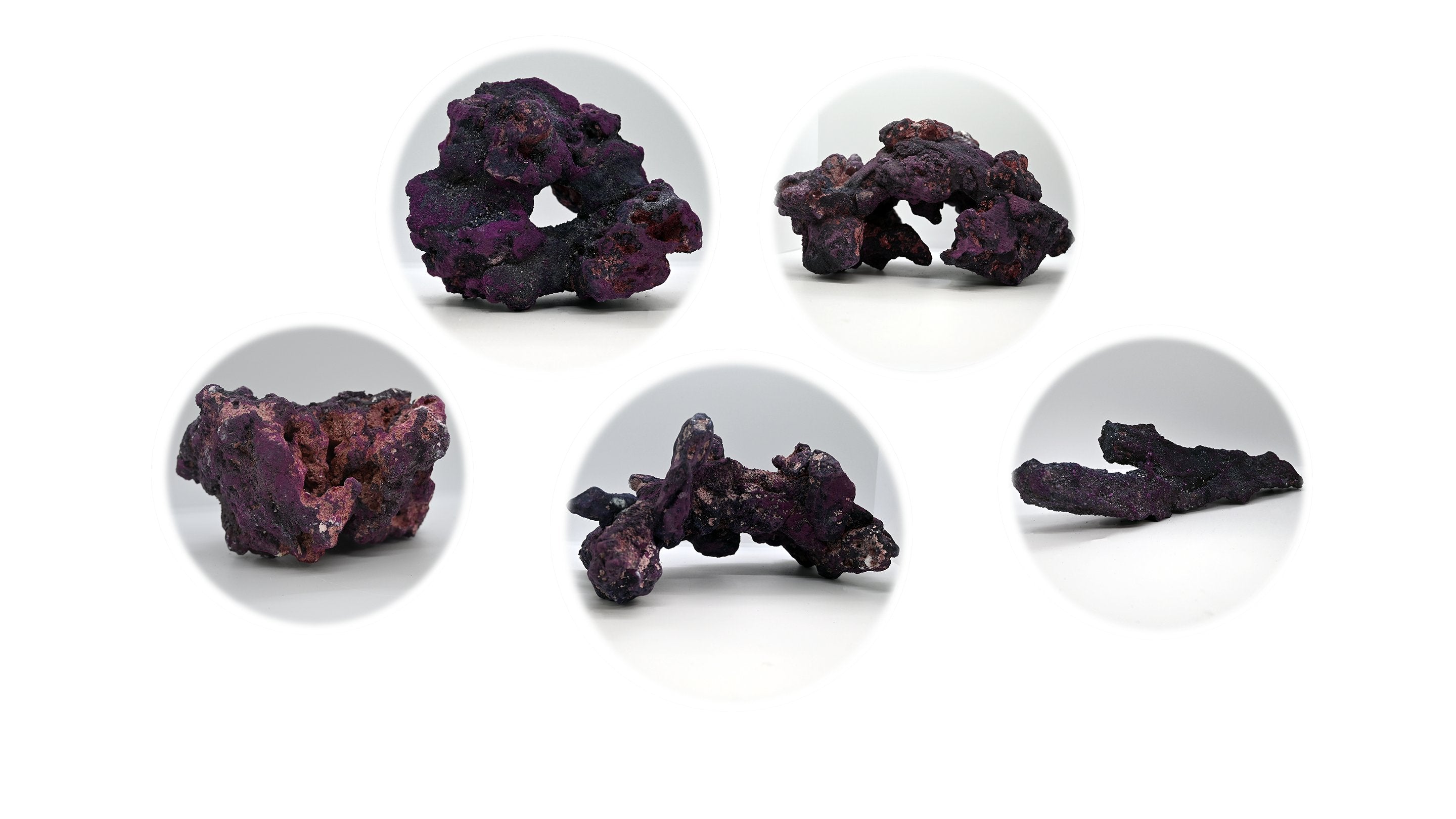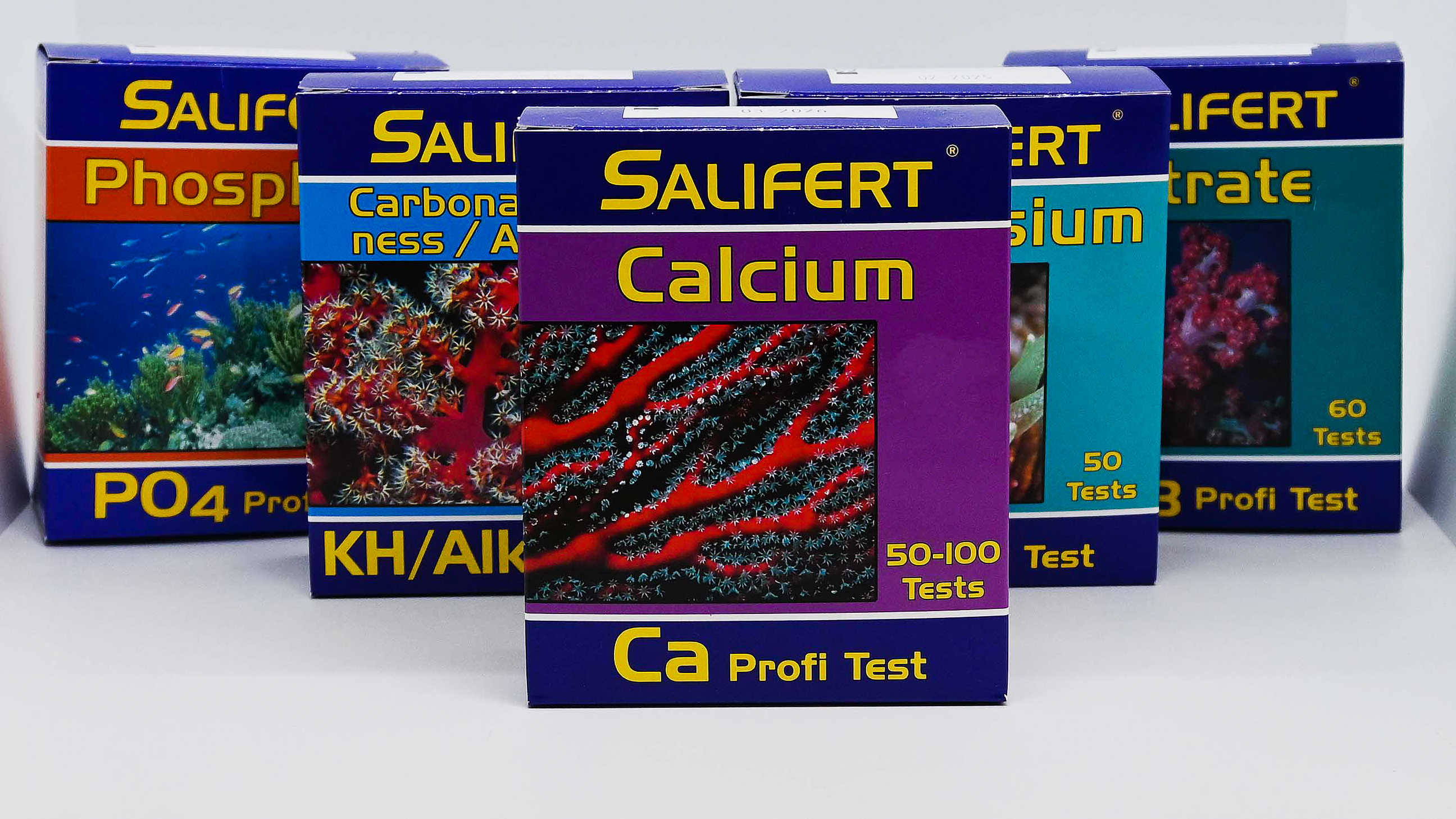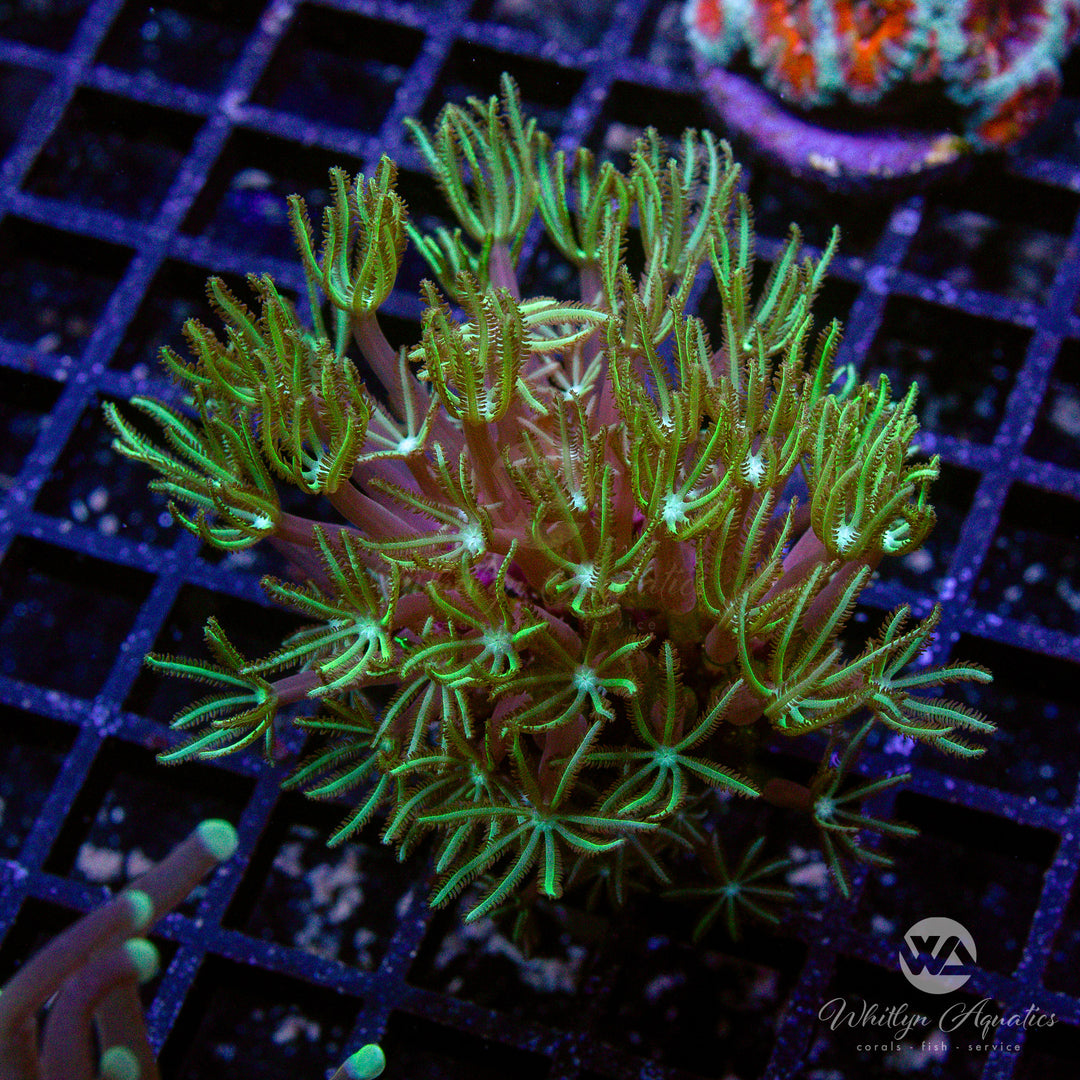
Green Star Pipe Organ Coral
- In stock, ready to ship
- Backordered, shipping soon
The Green Star Pipe Organ Coral combines the look of a Green Star Polyp with the unique structure of a true pipe organ coral. Its bright green polyps extend from a rigid red skeleton, giving it a lush, grassy appearance that sways beautifully in the current. Unlike its fast-spreading counterpart, this variety grows more slowly, making it easier to manage while still delivering that vibrant, eye-catching motion in your reef.
Pipe Organ Coral is a unique and visually striking soft coral that resembles a stony coral due to its delivate red skeleton. Its polyps extend from tube-like structures, resembling a cluster of pipes, and wave gracefully in the current similar to clove polyps or green star polyps depending on the variety. With colors ranging from green to blue, red, and metallic shades, Pipe Organ Corals make an eye-catching addition to reef tanks. They are moderately easy to care for and bring both structure and movement to aquariums.
Description:
Common Names: Pipe Organ Coral, Organ Pipe Coral
Scientific Name: Tubipora musica
Family: Tubiporidae
Temperament: Peaceful
Difficulty: Moderate
Note: Although it looks similar to some stony corals, Pipe Organ Coral is a soft coral with a unique calcium carbonate skeleton. This makes it one of the few soft corals with a hard, stony structure.
Native Habitat & Distribution:
Pipe Organ Coral is found throughout the Indo-Pacific, particularly in shallow reef slopes and lagoons where it encrusts hard substrates. Its bright red skeleton and vibrant polyps stand out in natural coral reef environments.
Aquarium Care & Setup:
Temperature: 74–80°F (23–27°C)
pH: 8.1–8.4
Salinity: 1.024–1.026
Lighting: Moderate; too much light can cause retraction, while too little may reduce coloration and growth
Flow: Moderate; ensures polyp extension without damaging delicate tissue
Placement: Rockwork or sandbed with stable placement to accommodate its skeleton
Care Tips & Feeding:
• Feeding: Primarily photosynthetic, but benefits from supplemental feedings of phytoplankton and other fine particulate foods
• Growth Pattern: Encrusting colonies with rigid red skeleton and extended polyps that resemble a field of flowers
• Tankmates: Best with peaceful fish and invertebrates; avoid aggressive neighbors that may sting or overshadow them
• Behavior: Polyps extend fully under proper flow and lighting, creating the appearance of a living flower bed over their skeleton
For more information, check out our Pipe Organ Care Guide.
Are Pipe Organ Corals easy to keep?
They are moderately easy but require stable water parameters, proper lighting, and consistent moderate flow.
Do Pipe Organ Corals have a skeleton?
Yes, they are soft corals but build a rigid red calcium carbonate skeleton, making them unique among soft corals.
What lighting do Pipe Organ Corals need?
Moderate lighting is ideal; too much light may cause polyp retraction.
Do Pipe Organ Corals need feeding?
They are photosynthetic but will benefit from supplemental phytoplankton or coral powders.
Where should I place a Pipe Organ Coral in my tank?
On stable rockwork or sandbed, in moderate flow and lighting conditions.
Are Pipe Organ Corals aggressive?
No, they are peaceful, but they need space to extend polyps without interference from aggressive neighbors.


